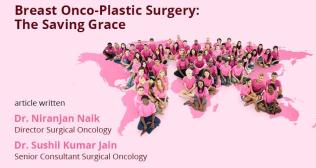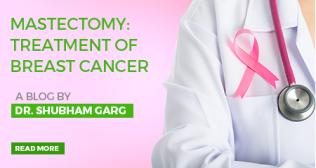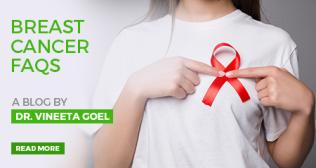
Strategies for Reducing Breast Cancer Risk
Reducing the risk of breast cancer involves a multi-faceted approach that combines lifestyle modifications, medical interventions, and regular screenings. Here is a comprehensive guide to these strategies:
1. Lifestyle Choices
A. Diet
Balanced Nutrition: Embrace a diet rich in fruits, vegetables, whole grains, and lean proteins while minimizing processed foods, saturated fats, and red meat. Incorporating a variety of colorful fruits and vegetables can provide essential nutrients and antioxidants that may help protect against cancer.
Limit Processed Foods: Processed foods often contain high levels of unhealthy fats, sugars, and preservatives that can contribute to cancer risk. Opt for whole, unprocessed foods whenever possible.
B. Exercise
Regular Physical Activity: Aim for at least 150 minutes of moderate-intensity exercise, such as brisk walking or cycling, or 75 minutes of vigorous-intensity exercise, like running or swimming, each week. Exercise helps maintain a healthy weight, boosts immune function, and may reduce inflammation, all of which contribute to a lower breast cancer risk.
C. Weight Management
Healthy Weight: Maintaining a healthy weight is crucial, as obesity, particularly after menopause, is associated with an increased risk of breast cancer. Regular exercise and a balanced diet are key components of effective weight management.
D. Alcohol Consumption
Limit Alcohol Intake: Alcohol consumption has been linked to an increased risk of breast cancer. It is recommended that women limit their alcohol intake to no more than one drink per day.
2. Medical and Hormonal Management
A. Regular Screenings
Mammograms: Begin annual mammograms at age 40 to 44. From ages 45 to 54, continue with yearly mammograms. Women aged 55 and older may choose to have mammograms every other year or continue annually, depending on their health and life expectancy. Screening should persist as long as the woman remains in good health and is expected to live at least another 10 years.
B. Genetic Testing
Family History: If you have a family history of breast cancer, consider genetic testing to check for mutations in genes such as BRCA1, BRCA2, PALB2, ATM, CHEK2, CDH1, STK11, PTEN, TP53, and NF1. Identifying these mutations can help tailor preventive measures.
C. Medications
Preventive Medications: For individuals at high risk of breast cancer, medications like Tamoxifen or Aromatase Inhibitors may be recommended. These drugs can help reduce the risk of developing breast cancer in patients with conditions such as lobular carcinoma in situ (LCIS), atypical ductal hyperplasia (ADH), or atypical lobular hyperplasia (ALH).
D. Preventive Surgery
Surgical Options: For individuals with BRCA1 or BRCA2 mutations, preventive surgeries such as bilateral mastectomy (removal of both breasts) and oophorectomy (removal of ovaries) may be considered, especially after family completion, to significantly lower cancer risk.
3. Reproductive Choices
A. Breastfeeding
Duration of Breastfeeding: Breastfeeding for at least six months has been shown to reduce breast cancer risk. Prolonged breastfeeding, especially beyond two years, provides additional protective benefits.
B. Pregnancy Timing
First Full-Term Pregnancy: Women who have their first full-term pregnancy before age 20 have a 50% lower risk of developing breast cancer compared to those who have their first full-term pregnancy after age 30. Additionally, having more children can further lower the risk of breast cancer.
4. Avoiding Exposure to Known Carcinogens
A. Radiation
Minimize Exposure: Avoid unnecessary medical imaging and frequent X-rays when possible. Excessive radiation exposure can increase breast cancer risk.
B. Environmental Factors
Pollution: Women living in areas with high levels of air pollution, including lead, mercury, and cadmium, may face a higher risk of postmenopausal breast cancer. Reducing exposure to environmental toxins can be beneficial.
Hair Dye: Regular use of certain hair dyes has been linked to an increased risk of breast cancer. Opt for safer alternatives when possible.
Night Shifts: Frequent night shift work has been associated with an elevated risk of breast cancer. If possible, consider adjusting work schedules to reduce the impact of night shifts on health.
Conclusion
Adopting these strategies can significantly reduce the risk of breast cancer, although they cannot guarantee complete prevention. Regular consultations with healthcare providers, including medical oncologists, can offer personalized recommendations based on individual risk factors and medical history. Staying informed and proactive about breast health is essential in managing and reducing breast cancer risk.
Categories
Clear allMeet the doctor

- Oncology | Medical Oncology
-
9 Years
-
1500



















